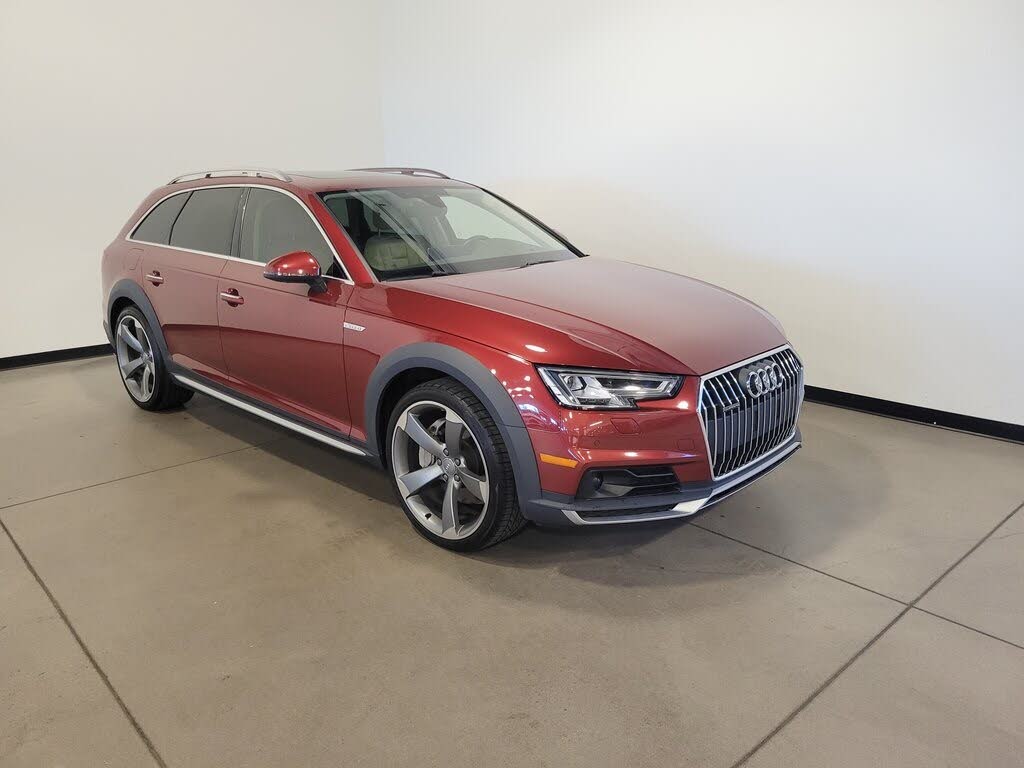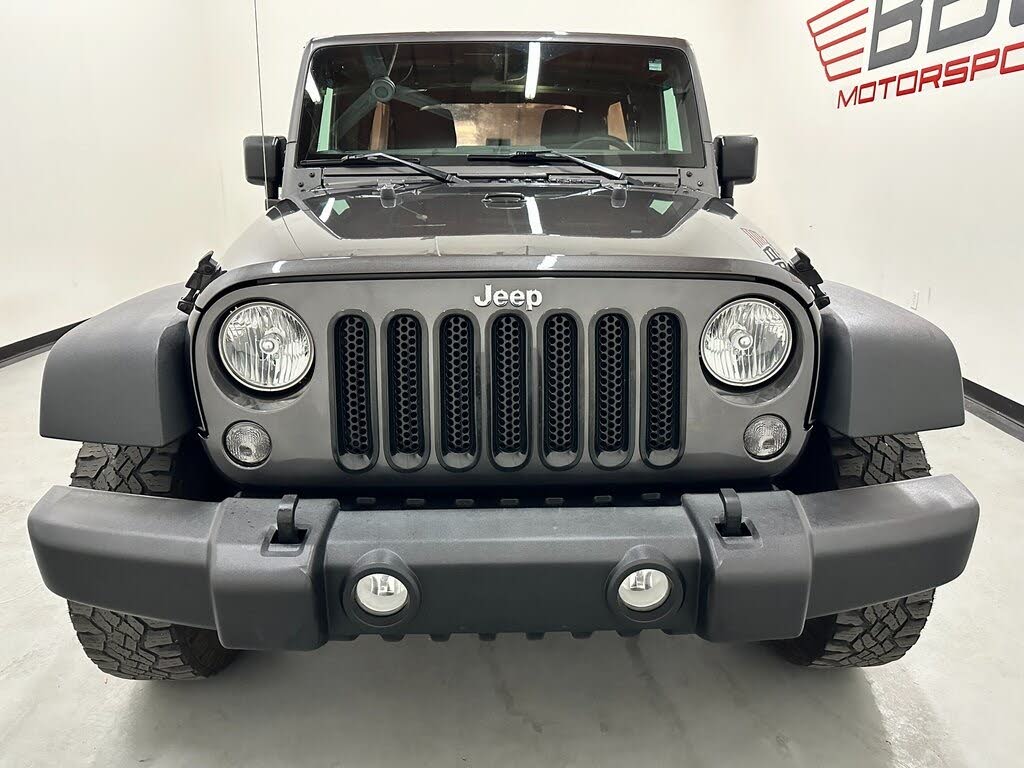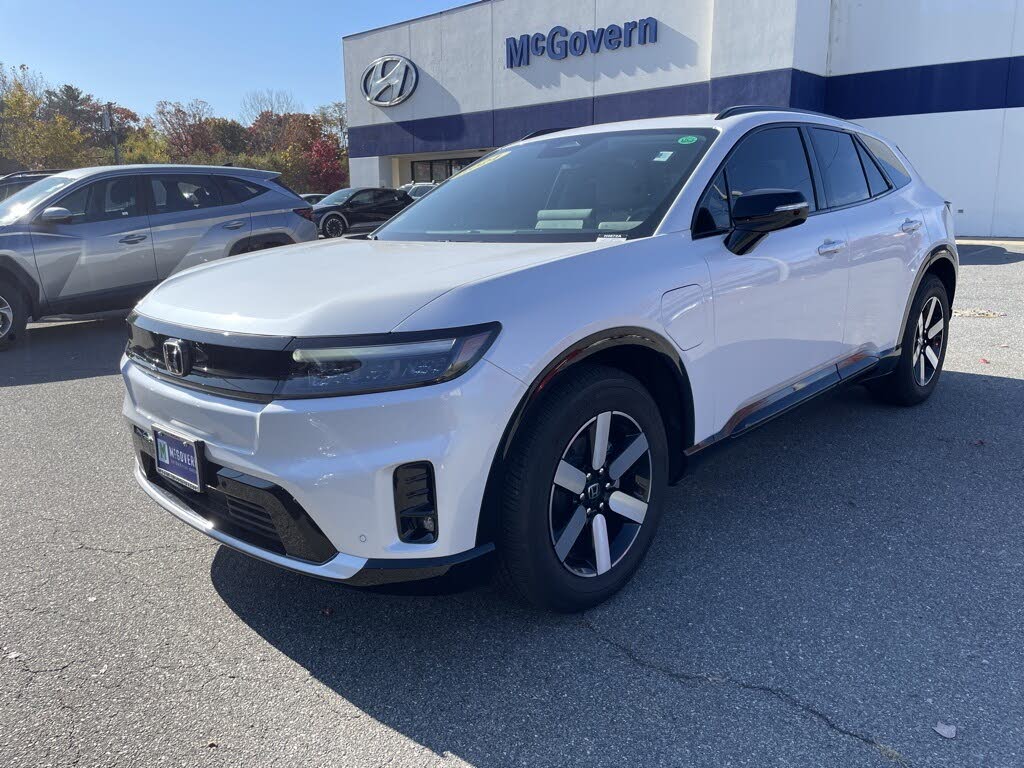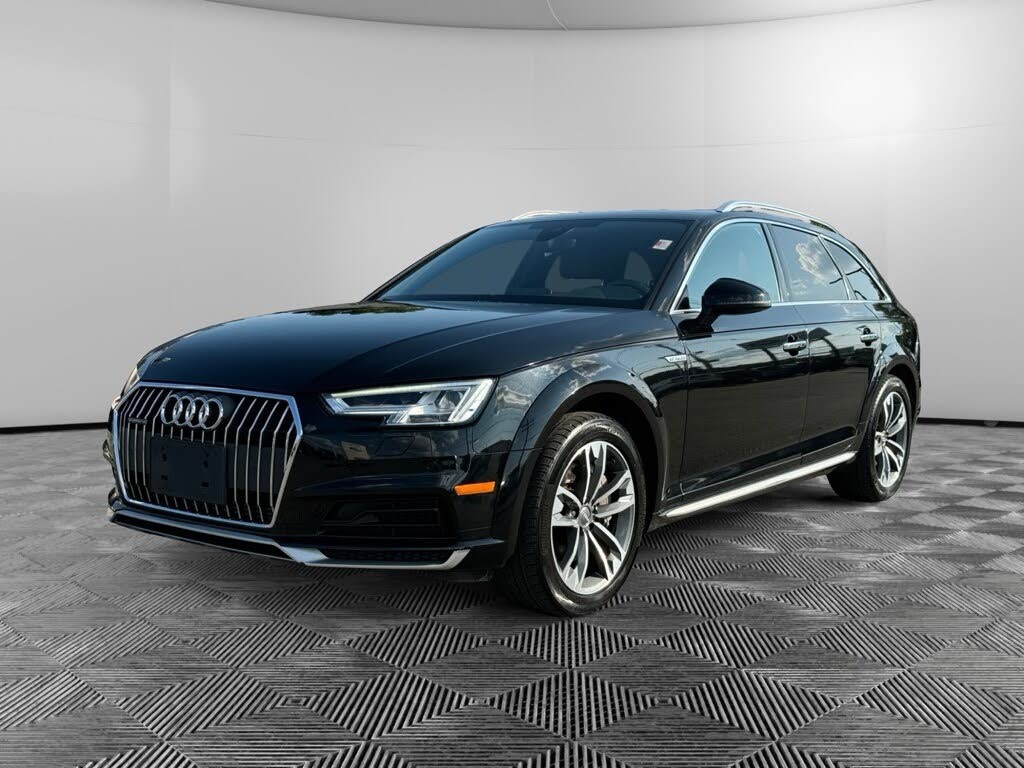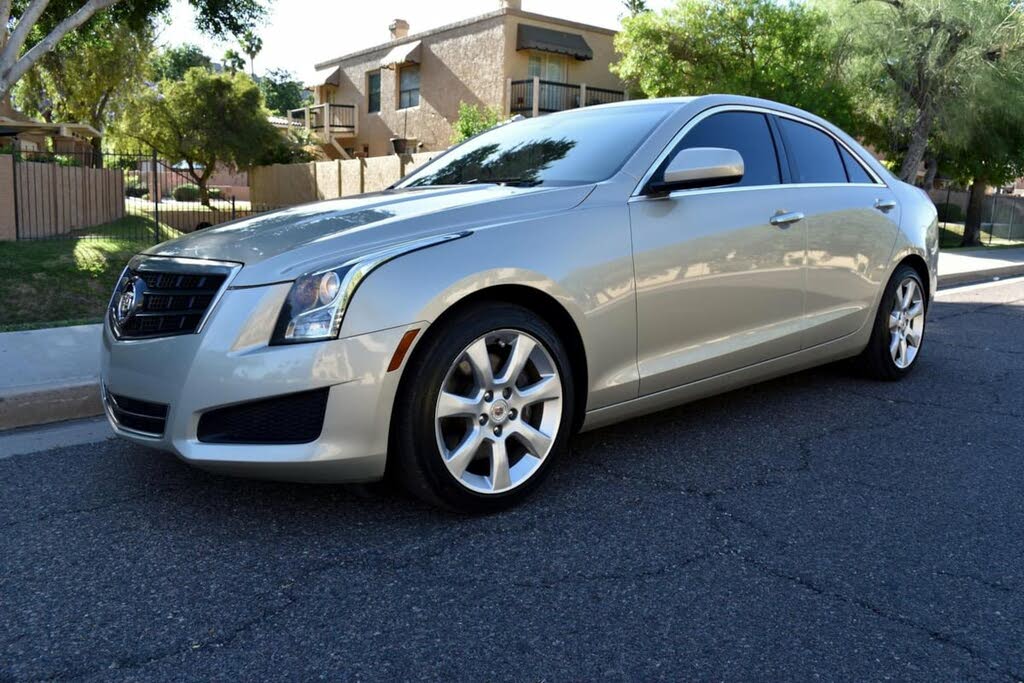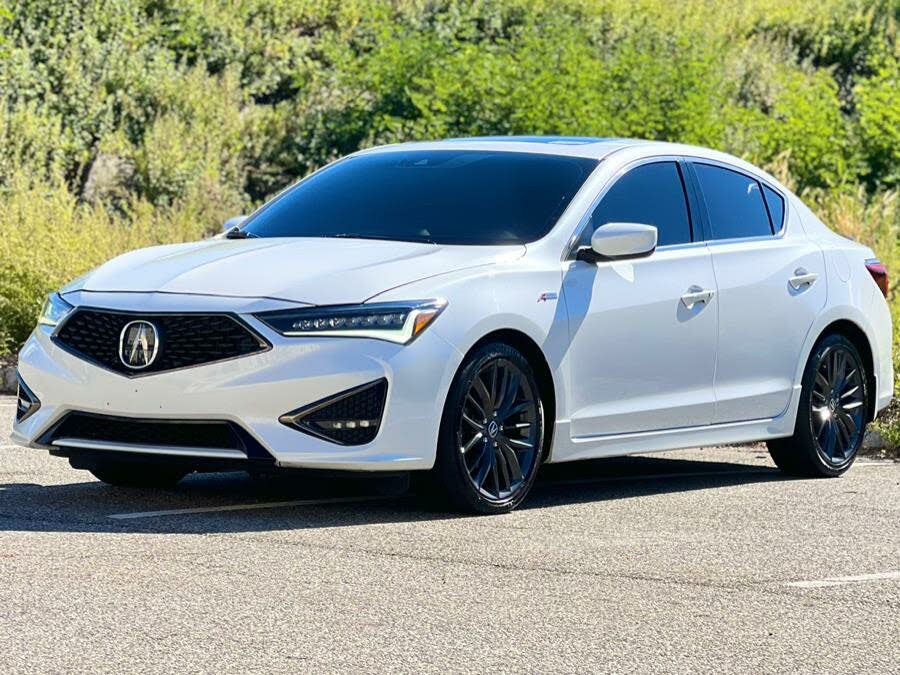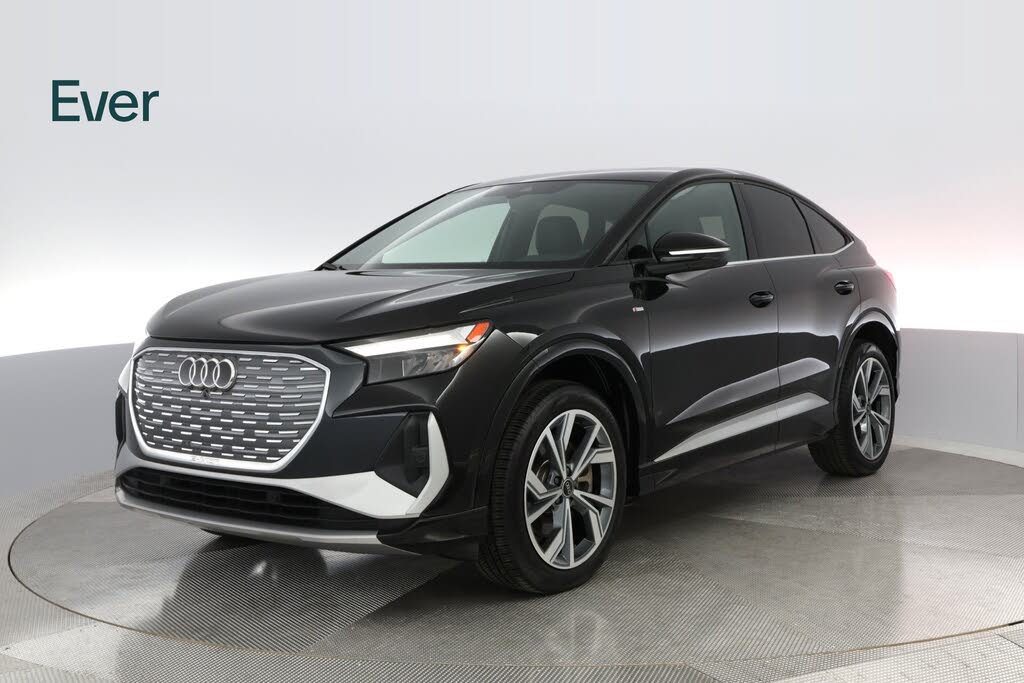How the 2017 Ford Escape Achieved Top Safety Ratings Through Strategic Reinforcements
The 2017 Ford Escape marked a significant turning point in vehicle safety, demonstrating how targeted engineering changes can dramatically improve crash test performance. MotorVero's analysis reveals how Ford transformed this compact SUV from a moderate performer to a top-tier safety contender against segment leaders like the Honda CR-V and Toyota RAV4.
NHTSA Crash Test: From 4 Stars to Perfect 5-Star Rating
In National Highway Traffic Safety Administration (NHTSA) evaluations, the 2017 Escape achieved what its predecessors couldn't - a perfect 5-star overall safety rating. This represented a full-star improvement over the 2013-2016 models' 4-star rating, particularly in frontal crash performance.
This advancement placed the Escape in elite company, matching the top scores of segment leaders while surpassing competitors like the Chevrolet Equinox and Nissan Rogue by a full star. The improvements suggest Ford made meaningful structural enhancements beyond just cosmetic updates.
IIHS Small-Overlap Breakthrough: From "Poor" to "Acceptable"
The Insurance Institute for Highway Safety (IIHS) reported even more dramatic progress in the challenging small-overlap frontal test, which simulates a corner impact at 40 mph. Previous Escape models performed poorly in this evaluation, but the 2017 version jumped two categories to "Acceptable" - a rare year-over-year improvement.
--TOP ADVERTISEMENT HERE--
Key Engineering Changes:
IIHS engineers identified a critical reinforcement:
- Reinforced upper door hinge pillar: The driver's side attachment point was strengthened with high-strength steel
- Intrusion reduction: Cabin intrusion decreased from 10 inches to just 5 inches during testing
- Airbag effectiveness: Existing airbags performed better due to improved structural integrity
Remarkably, Ford achieved these safety gains without modifying the airbag system itself. The structural improvements allowed the existing safety systems to function more effectively during collisions.
How the Escape Compares to Rival Compact SUVs
| Model | NHTSA Overall | IIHS Small-Overlap | Top Safety Pick? |
|---|---|---|---|
| 2017 Ford Escape | ★★★★★ | Acceptable | No |
| Honda CR-V | ★★★★★ | Good | Yes |
| Toyota RAV4 | ★★★★★ | Good | Yes |
| Nissan Rogue | ★★★★☆ | Acceptable | No |
While the Escape's improvements were substantial, they weren't enough to earn IIHS's coveted Top Safety Pick or Top Safety Pick+ awards. These designations require "Good" ratings across all tests - a standard met by seven competitors including the Mazda CX-5 and Subaru Forester.
The Science Behind Ford's Safety Improvements
Automotive safety engineers emphasize that small structural changes can yield disproportionate safety benefits. In the Escape's case, reinforcing the door hinge pillar created a cascading effect:
- Impact energy distribution: The strengthened pillar better channels crash forces around the cabin
- Preserved survival space: Reduced intrusion maintains crucial space for occupants
- Optimal airbag deployment: With less cabin distortion, airbags inflate more effectively
This case study demonstrates how automakers can significantly improve safety without complete redesigns. Strategic reinforcement of key structural elements can transform a vehicle's crash performance.
What These Improvements Mean for Used Car Buyers
For consumers considering a used compact SUV, the 2017 Escape represents a meaningful safety upgrade over earlier models. Key considerations include:
--FIRST CONTENT ADVERTISEMENT HERE--
Model Year Matters:
- 2013-2016 models lack the reinforced structure
- 2017+ versions offer significantly better small-overlap protection
- Later models may have additional unseen safety enhancements
Verification Tips:
- Check VIN with NHTSA's database to confirm test results
- Look for "Safety Package" designations on window stickers
- Consider independent inspections for used models
Why Some Competitors Still Outperform
Despite its improvements, the Escape trails leaders in several safety aspects. Engineering analysis suggests:
Ford's experience shows that safety leadership requires continuous improvement. While the 2017 Escape closed important gaps, the competitive landscape keeps evolving with each model year.
Expert Insights on Vehicle Safety Engineering
Safety specialists emphasize that crash test improvements often reflect years of research. The Escape's changes likely resulted from:
- Computer simulation: Advanced modeling predicts crash dynamics before physical tests
- Material science: New high-strength steel alloys offer better strength-to-weight ratios
- Real-world data: Insurance claims analysis identifies common injury patterns
This multi-disciplinary approach explains how Ford targeted specific weak points in the Escape's design. The door hinge pillar reinforcement represents a cost-effective solution with outsized safety benefits.
Making an Informed SUV Purchase Decision
When evaluating compact SUVs for safety, MotorVero recommends:
Research Strategy:
- Compare NHTSA and IIHS ratings for specific model years
- Prioritize vehicles with Top Safety Pick+ designation
- Consider both crashworthiness and crash avoidance features
--SECOND CONTENT ADVERTISEMENT HERE--
Test Drive Checklist:
- Verify all airbag indicator lights function properly
- Assess visibility from driver's position
- Test emergency braking feel and response
The 2017 Ford Escape's safety improvements make it a compelling option, though buyers should weigh these advances against competitors' offerings and their specific needs.
